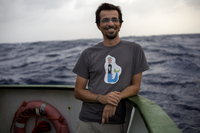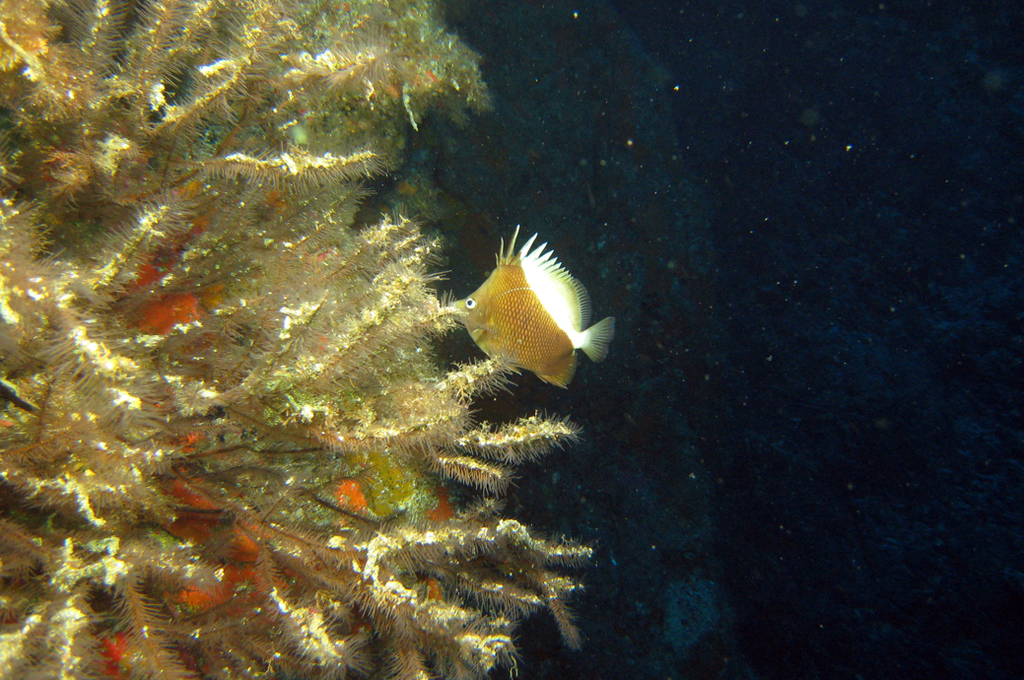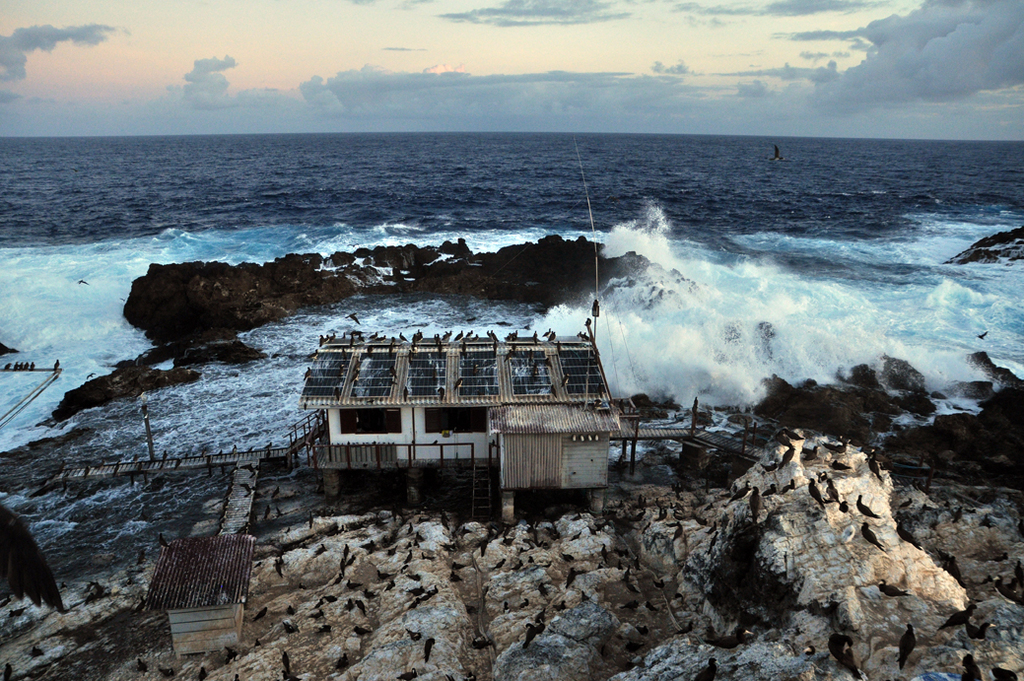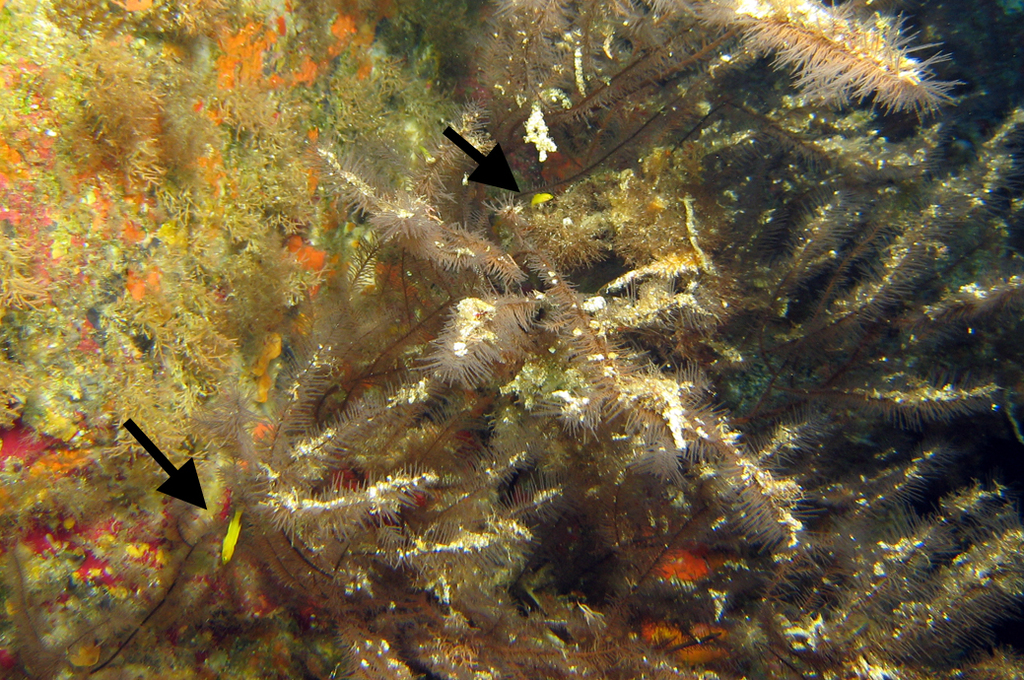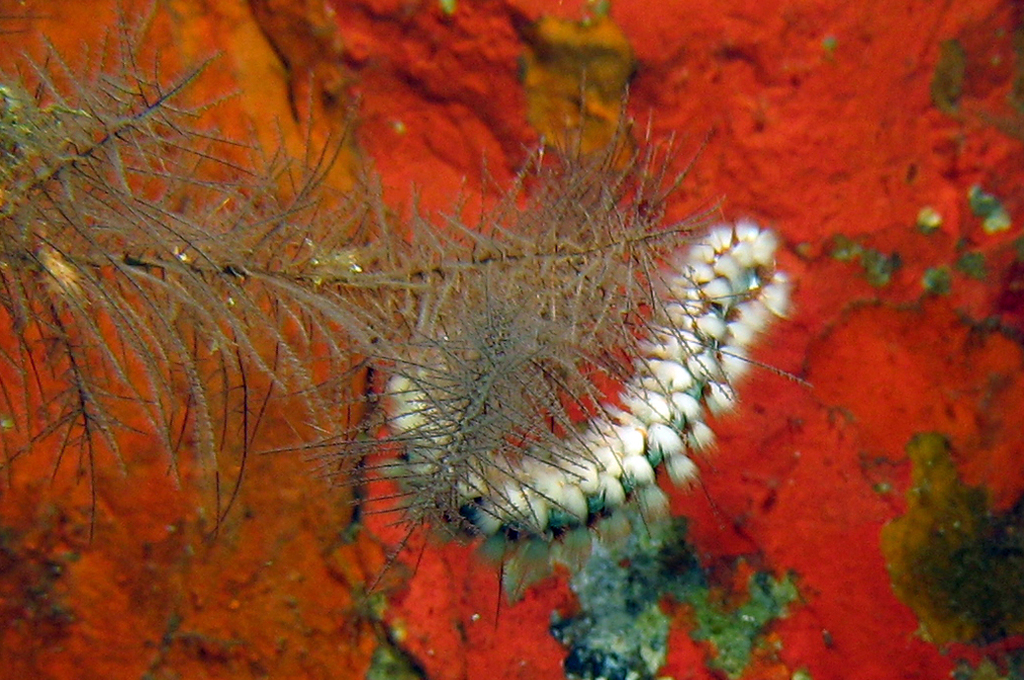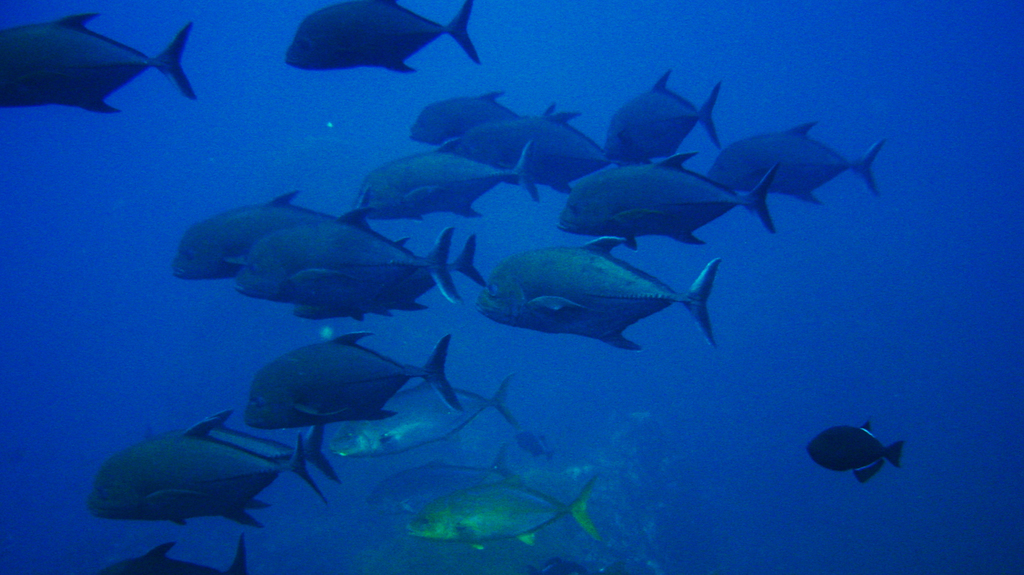Behind the science:
Mesophotic reef fish assemblages of the remote St. Peter and St. Pa...
2018, January 29
Posted by Veronica Radice
Fields
Community structure
Ecology
Connectivity
Focusgroups
Fishes
Overall benthic (groups)
Locations
Brazil - St Peter and St Paul Archipelago
Platforms
Remotely Operated Vehicle (ROV)
“Upper and lower mesophotic fish assemblages of St. Peter and St. Paul’s Archipelago”
What was the most challenging aspect of your study (can be anything from field, lab to analysis)?
The biggest challenge was the logistics in one of the smallest and most isolated island in the world, the St. Peter and St. Paul’s Archipelago (SPSPA). Sailing to the SPSPA from Fernando de Noronha, the nearest island, may take two to three days. Samples were obtained from a small fishing vessel and from the main island (Belmonte), but sea conditions were very challenging to operate the ROVs, with strong currents. That’s why only the sheltered side of the island (NW) was sampled.
What was the most memorable moment in undertaking this study?
To survey for the first time depths below 60 m of the SPSPA and discover extensive black coral gardens with high abundance of the endemic butterfly fish Prognathodes obliquus. Mesophotic depths were sampled by Alasdair Edwards and Roger Lubbock in September 1979 during the Cambridge Expedition, but our study was the first to access depths between 60-90 m. Besides P. obiquus, the mesophotic zone of the SPSPA showed high abundances of the damselfish Chromis enchrysura and Bodianus insularis. Juveniles of this latter species were recorded acting as cleaners (i.e. removing ectoparasites and mucus from other fish).
What was your favorite research site in this study and why?
The entire Archipelago may be considered as a single site. The sheltered side of the island is particularly beautiful, as a sharp dropoff occurs from 35 m downwards. Scleractinian corals Madracis decactis and Scolymia wellsi are abundant between 35-50 m and black corals dominate between 45-90 m. Sponges, ascidians and briozoans of several colours are also common. Large schools of jacks (Carangidae) are frequently sighted nearby the dropoff.
Other than your co-authors, with whom would you like to share credit for this work?
The crew from the fishing boats (Trasmar I and II) and SECIRM (Secretaria Interministerial para Recursos do Mar) for their logistical support.
Any important lessons learned (through mistakes, experience or methodological advances)?
Never forget to double check your list before starting an operation in such an isolated place as the SPSPA. Make sure to have back up equipment whenever possible. Be persistent and follow your dreams.
Can we expect any follow-up on this work?
We have just sampled St. Paul's Archipelago (June 2017) using rebreathers and submersibles to depths up to 600 m, with cooperation with the California Academy of Sciences (Luiz Rocha, Hudson Pinheiro) and other Brazilian researchers (Carlos Leite Ferreira, Abílio Soares) aboard the Alucia R/V. The use of rebreathers by the Cal Academy team and submersibles greatly extended our knowledge on the biodiversity and oceanographic features of the SPSPA.
Featured article:
|
|
Mesophotic reef fish assemblages of the remote St. Peter and St. Paul’s Archipelago, Mid-Atlantic Ridge, Brazil | article Rosa MR, Rosa MR, Alves AC, Medeiros DV, Coni EOC, Ferreira CM, Ferreira BP, Rosa RdS, Amado-Filho GM, Pereira-Filho GH, de Moura RL, Thompson FL, Sumida PYG, Francini-Filho RB (2016) Coral Reefs 35:113-123 |
|
